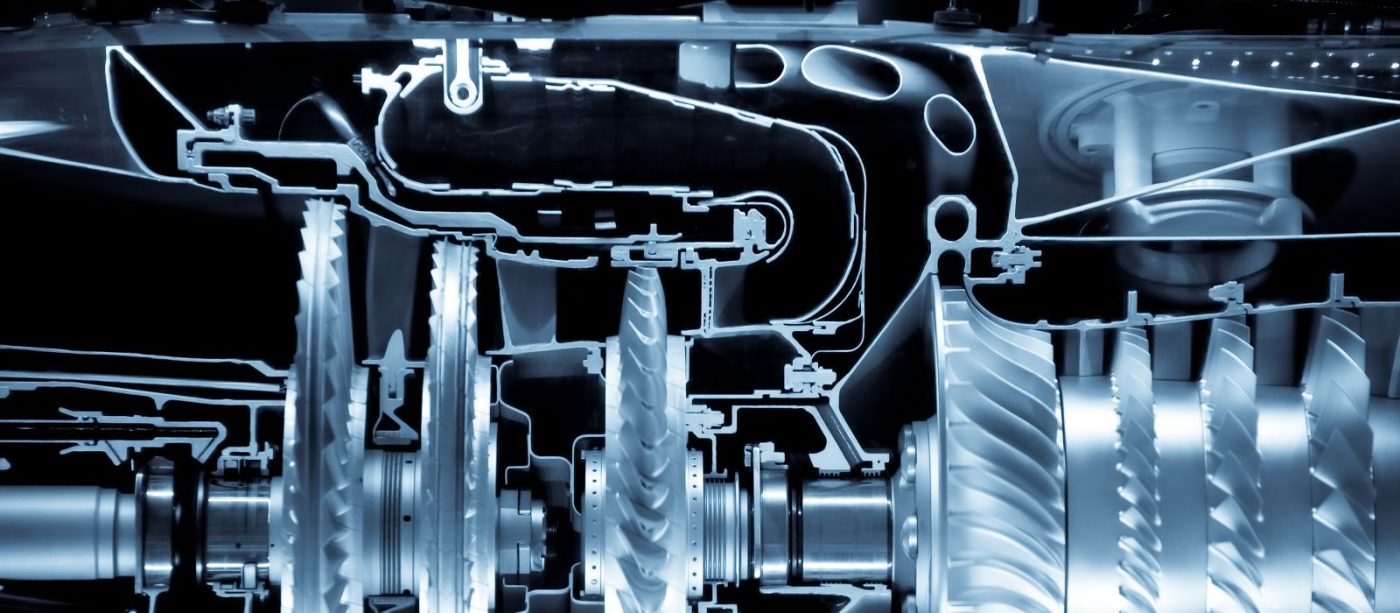Advancing Propulsion Research
Carleton University has been a leader in the teaching of and research on propulsion technologies since the early days of the school’s Department of Mechanical and Aeronautical Engineering, the official name of the department before it was renamed to the Department of Mechanical and Aerospace Engineering in 1989.

The Faculty of Engineering, now the Faculty of Engineering and Design, was formally established in 1963. Several of the original faculty members were recruited from Pratt & Whitney Canada, bringing with them their interest in gas turbine engines. Two members of the Department of Mechanical and Aerospace Engineering are co-authors of the most widely accepted textbook on gas turbine theory. The textbook is in its sixth edition and used worldwide. Another member of the department is one of the original ten Pratt & Whitney Canada Research Fellows.
For nearly four decades, a major research focus has been aero-thermodynamics of turbomachinery for gas turbine engines. The training and research in this area is supported by exceptional experimental facilities, including the Pratt & Whitney high-speed wind tunnel, a facility unique to Canadian Universities. The wind tunnel is used to measure the transonic and supersonic flows in turbomachinery blade rows at engine-representative conditions. A fully instrumented PT6 turboprop engine is also available for teaching and research.
While aerodynamics has been the cornerstone of Carleton studies on propulsion, significant capabilities exist in other related areas. One of the department members holds a Canada Research Chair in the area of combustion and is internationally renowned for soot formation, detection and mitigation from hydrocarbon combustion.
Extensive studies have been conducted on the development and processing of lightweight and high-temperature alloys, as well as ceramic matrix composite materials. This work is supported by two Bridgman Furnaces and a corrosion rig is currently in development. These technologies allow for the characterization of the corrosion behavior of alloys under a wide range of pressures, temperatures and environments.
Important research continues on material coatings for erosion and corrosion resistance, and as thermal barriers for turbo machinery blades. One of the key facilities in this area is the laboratory for plasma spray coatings. This research also includes the development of durable coatings for anti-icing, which will improve the efficiency and safety of aircraft and helicopter rotors as well as aircraft engines.
With the introduction of aerospace into the faculty a couple of decades ago, research activities were extended to spacecraft and rocket propulsion. Research on advanced propulsion concepts include air-breathing rockets, plasma-assisted high-speed flow control, ejector-driven flows, and laser focusing for shock modification.
The Facilities
Carleton Aerospace has several facilities purposed for research in this area:
- H. I. H. Saravanamuttoo Gas Turbine Laboratory
- Plasma Spray Coating Facility
- P&W Canada High-Speed Wind Tunnel Labratory
- Wind Tunnels for Gas Turbine Aerodynamics Research
- Aerospace Materials Lab – Bridgman Furnace
- Energy and Emissions Lab — Matthew Johnson






